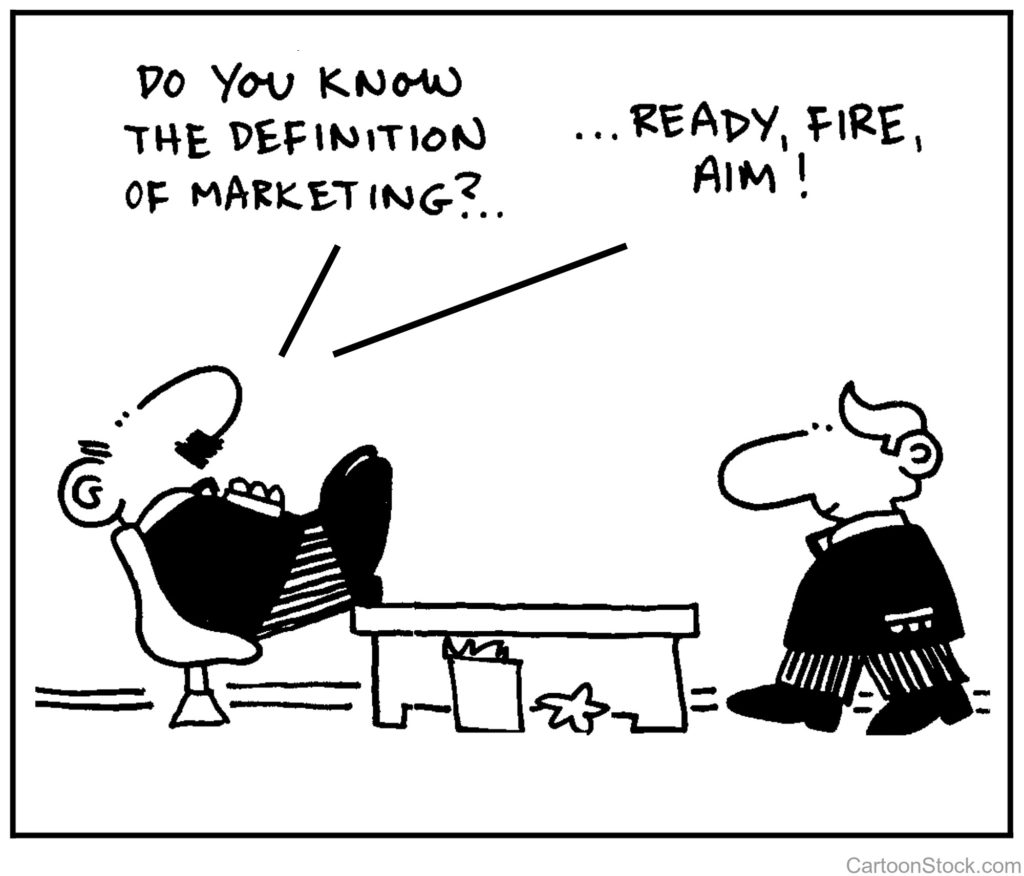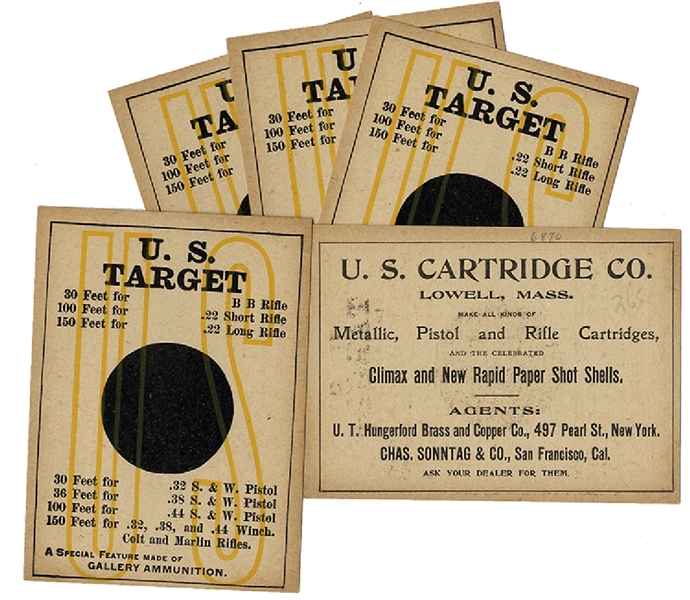

For product features on an existing business, this is a performance test that compares various web page presentations against one another. You are also forced to produce a feedback mechanism (the “Aim” part) that will provide guidance for your project. In my experience, this feedback mechanism is usually a test regime that will put the offering in front of people online and measure their response. It prompts you to get moving and start work immediately, without being paralyzed in the analytic stage. The primary benefit of this approach is a shortened and less expensive timeline from “Not Knowing” to “Smarter” about your product and your market.

This means that if you start building your product before you know exactly what it is supposed to be, and you do this in a way that gets you customer feedback at low cost, you can get to your goal faster, more accurately, and in less time. My engineering team calls this “ Ready-Fire-Aim,” at least in part because my name is “Ready” and I push this principle so hard. It has long been a truism that to hit a target, you first get “Ready,” then you “Aim,” then you “Fire.” What I have found in the world of startups is that if you shoot first, and aim later, there can be many practical benefits.


 0 kommentar(er)
0 kommentar(er)
